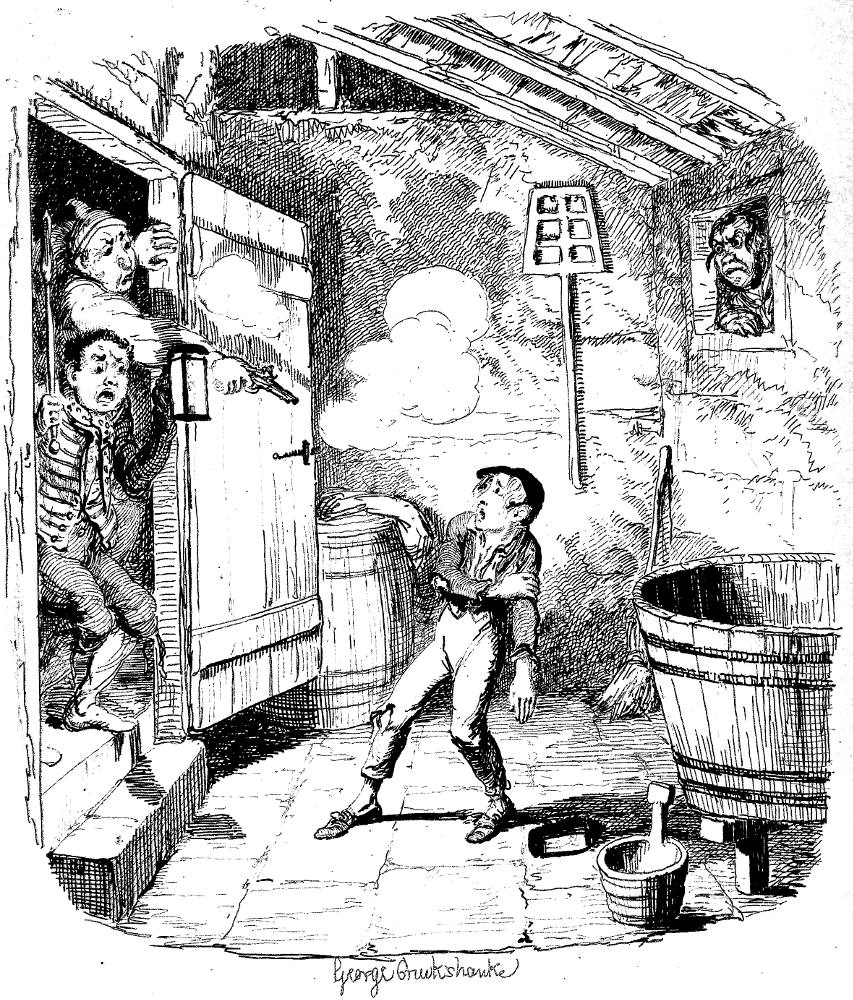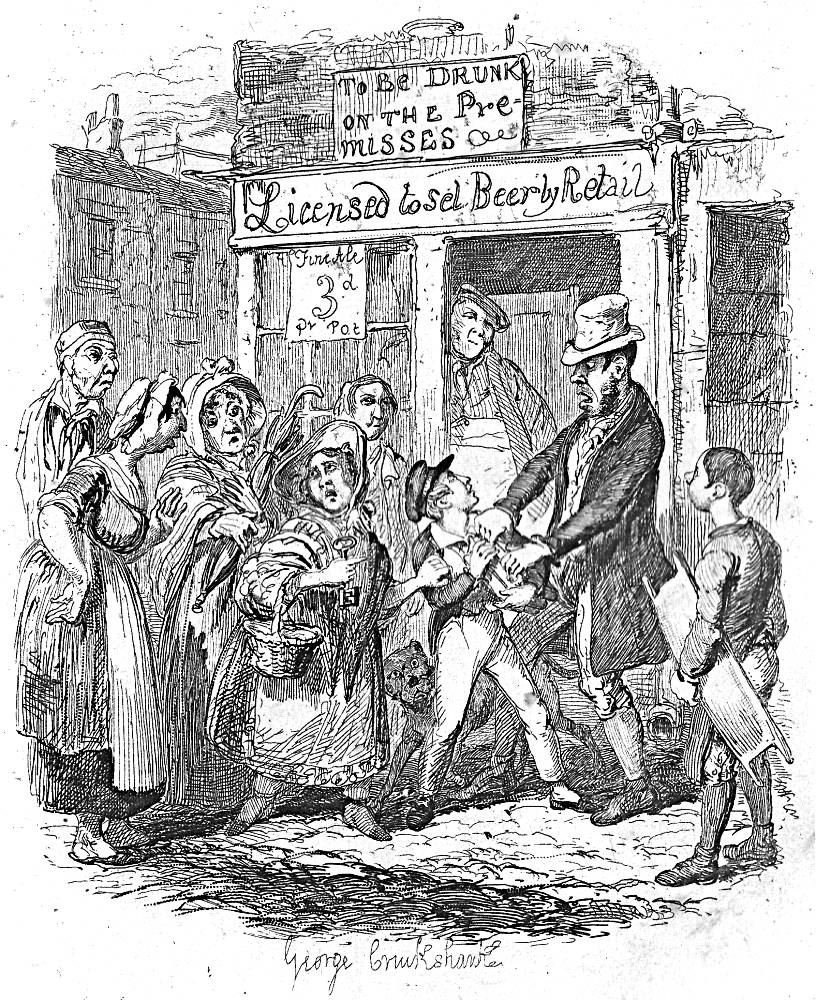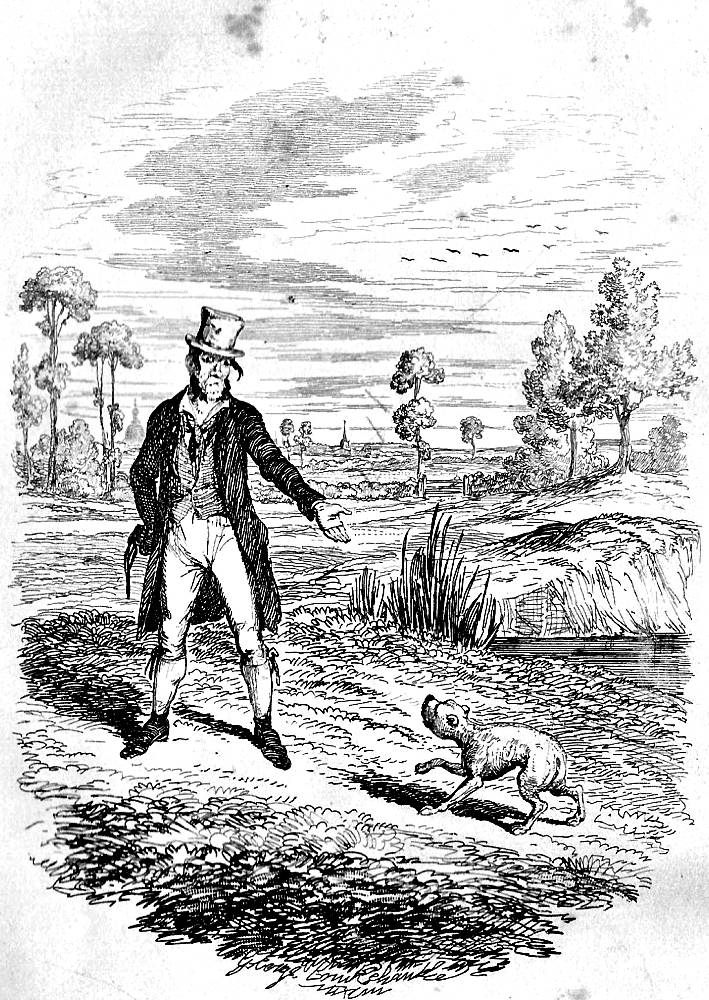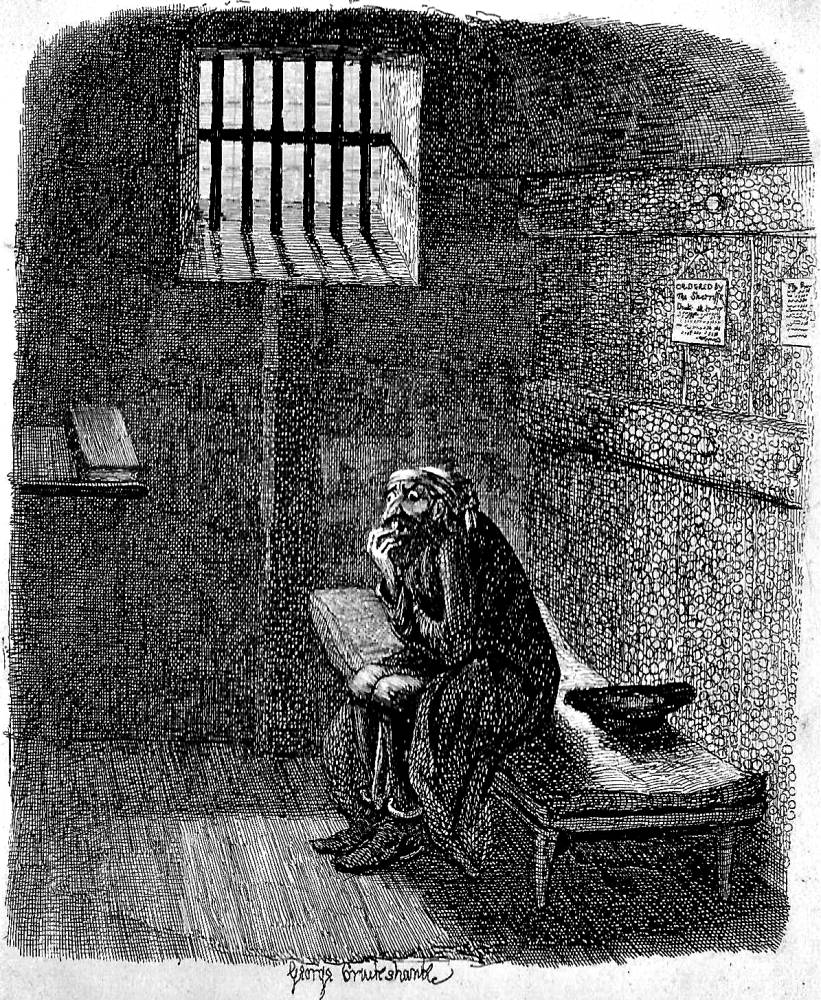
Making sense of Victorian illustration is a complicated task. Originating in the graphic traditions of the Regency in the form of grotesque satires by Gillray and Rowlandson, changing into the scratchy caricatures of George Cruikshank and Phiz (Hablôt K. Browne) and then into the poetic realism of D. G. Rossetti, J. E. Millais, A. B. Houghton, and George Pinwell, it finally morphed into the esoteric eroticism of Aubrey Beardsley and Charles Ricketts. Technical changes, and the fact that illustration is necessarily an interdisciplinary art, further adds to the sense of fragmentation. Faced with this complexity, critics have tended to categorize the subject into discrete sets, with extended studies exploring illustration of the Sixties, Pre-Raphaelite illustration, illustration in the service of Charles Dickens, Thomas Hardy, W. M. Thackeray, and illustration of the end of the century. These readings have little interest in the links between each part, and there has long been a need for an over-arching study to trace continuities in style and idiom.
This absence is addressed in Catherine Golden’s fine study, Serials to Graphic Novels: The Evolution of the Victorian Illustrated Book. The author sets out to trace the development of illustrative story-telling from the serials of the 1830s to the graphic novels of our own time (3). Focusing on changing aesthetics and the contexts of production and consumption, she explores the intricate relationships between authors and artists. The scope is ambitious, but the author adheres to her chosen pathway: the narrative thread is maintained and she supports her arguments with well-selected commentaries from the field of illustration studies and from a larger canon of biographical, bibliographical, art-historical and theoretical criticism.
Chapter One explores the importance of Dickens’s Pickwick Papers (1837), which though not the first serialized novel is rightly identified as the one which shaped subsequent developments and became the "model for publication of newly released, illustrated serial fiction for adult readers" (49). The author evaluates the circumstances of the book’s production, with several illustrators attempting to work with Dickens before Phiz came to the fore and the writer and artist jostled for position, each trying to decide if it were a novel with pictures or a picture-book with words. These complicated issues are teased out at length as Golden links the novel’s evolution with the other, cultural factors which helped to determine its form, among them the rise of "Victorian commodity culture, new printing technologies, growth of the middle class ... a climbing literacy rate, and increase in the population [and] the growth of leisure time" (31–2). Golden excels at summarising key threads, and here, as elsewhere, she re-casts the serial as an intersection of cultural ideas and forms.


Left: "Mr Pickwick Addresses the Club." Right: "The First Appearance of Sam Weller."
In the second chapter this trajectory is narrowed by reading the serial in its relationship with the conventions of melodramatic theatre. Golden re-reads caricature in terms of its stage-craft and postulates a distinct way of interpreting illustration which incorporates stage effects of lighting and visual cuing (58), gestures and props (66), and "bodily distortion" (77). This approach is not new, but the analysis is revealing. For example, Cruikshank’s etchings for Oliver Twist (1838) are shown to be powerful pieces of tableaux vivant, both comedic and psychologically intense. Golden charts the ways in which they capture the immediacy of theatre, involving the reader-viewer in a visceral experience between laughter and horror. She also concedes the limitations of caricature as a mode of illustration and the rise of a more realistic approach.



Three of Cruikshank's etchings for Oliver Twist. Left to right: (a) The Burglary. (b) "Oliver claimed by his affectionate friends." (c) "Sikes attempting to destroy his dog.""
This change in taste, as the untutored Phiz and Cruikshank were replaced by the artists of the Sixties, is handled in the next section of the book. At first glance, it seems that the style of the early serials was simply supplanted as poetic realism was preferred to the comic grotesque. However, Golden points to the fact that the serial traditions did not disappear; on the contrary, they ran in tandem with the naturalistic idiom of the Sixties and continued to nourish the illustrations of artists such as Millais and George Du Maurier as they created their own versions of the literary visual montage. The connections are made explicit in the discussion of later Dickensian illustration, which was deeply informed with the story-telling of Cruikshank and Phiz. Comparisons between the earlier and later treatments of scenes such as "Fagin in the Condemned Cell" – one by Cruikshank (1838) and one by J. Mahoney in the Household Edition of 187, as shown below – display the continuity as the serial tradition assimilated and was refigured by realism.



Left to right: (a) Cruikshank's "Fagin in the Condemned Cell." (b) Mahoney's treatment of the same scene. (c) Du Maurier's Svengali.
The fusion of realism and caricature is further analysed in Chapter 4, and Golden makes unusual choices to demonstrate the ways in which the serial tradition was continued. The comparison of specific images acts once again to forge the link, notably in the relationship between Cruikshank’s depiction of Fagin and Du Maurier’s Svengali (as shown above), a piece of anti-Semitism which resonates across the century. By the 1890s illustration itself was in decline, although Golden demonstrates it was more a near-death-experience than extinction; resurrection was achieved in the form of graphic comics and novels. In the conclusion there is a rich exploration of the many ways in which these modern publications refigure conventions that were first established in the 1830s. The closing words encapsulate this circularity and underscore the continuities connecting the Victorian serial with the comic. Victorian illustration never went away, Golden insists, but was able to "find new expression for our time," and continues to be influential (234).
This claim completes a panoramic review which breaks open the compartmentalization of earlier criticism, replacing it with an organic understanding of its subject. The reasoning is sustained, and the book fulfils its promise to inform both general and academic readers (3) by providing a distinctive shape to a vast body of material. Equally impressive are the smaller parts of the argument; though wide in its scope, the author highlights the significance of individual illustrations. Rossetti’s Maids of Elfen-Mere (105–107), Thackeray’s initial letter of Becky catching Jos in the guise of a fat fish on the end of a fishing line (78, 9), John Tenniel’s transformations of Lewis Carroll’s weird, amateurish designs into proper illustrations (141–49) and Beatrix Potter’s closely-studied rabbits (165–171) are subject to penetrating analysis which not only argues for their place in a broad tradition but alerts us to their unique qualities.
There are a few negatives. The author could have buttressed her arguments, particularly in the sections on the Sixties, with examples drawn from artists such as Charles Bennett and Charles Keene, neither of whom is mentioned. Practitioners in the field of serial story-telling deploying a caricature and satirical style, these illustrators’ work confirms Golden’s emphasis on continuity and including them would have added to the body of evidence.
Taken as a whole, however, this is a meticulously researched and closely argued book, with expansive notes and invaluable references. It is also well presented and printed, with good reproductions of the images and a jaunty cover, partly designed by the author. Oliver’s asking for more is juxtaposed to Awano’s picture of Alice munching on the magic cake, a sign that alerts us to the connection between the Victorian age and our own before we have opened the pages. Never less than entertaining and highly informative, Serials to Graphic Novels is a valuable addition to the study of the developing field of illustration studies.
Related Material
Work Cited
Golden, Catherine. Serials to Graphic Novels: The Evolution of the Victorian Illustrated Book. Gainesville: University Press of Florida, 2017; in paperback, 2019. 320pp. ISBN: 978-0813064987. £25.95.
Created 6 February 2019